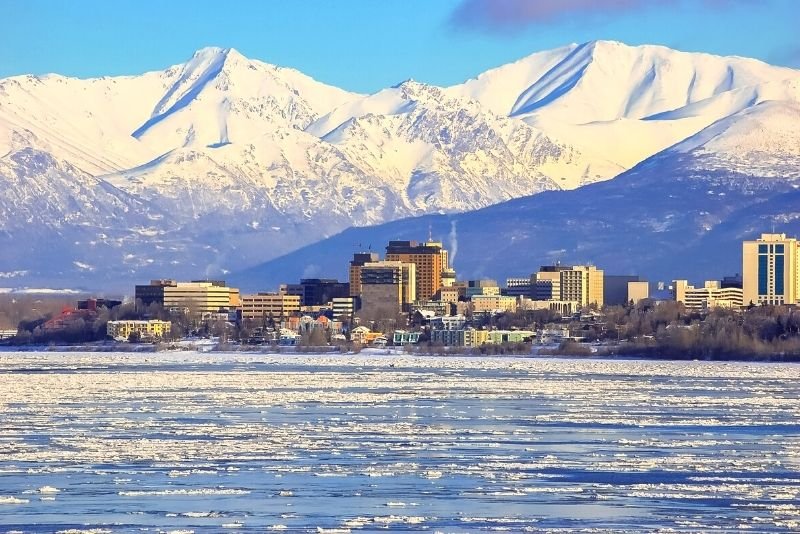Anchorage is Alaska’s largest city and a great place for families to visit. Located in Southcentral Alaska along the Cook Inlet, it offers easy access to mountain adventures, wildlife encounters, cultural experiences, and urban attractions. Families will find plenty of things to see and do in Anchorage that appeal to all ages and interests.
| Activity | Key Features |
|---|---|
| Alaska Zoo | Encounter Alaska’s wildlife up close, with educational programs for kids. |
| Reindeer Farm | Interactive experiences with reindeer, including feedings and rides. |
| Anchorage Museum | Extensive exhibits on Alaskan art, history, and culture, with engaging displays for all ages. |
| Kincaid Park | A vast park offering biking, hiking, skiing, and beautiful natural scenery. |
| Aerial Tramways | Scenic rides providing spectacular views and access to mountain adventures. |
| Glacier Viewing | Access to breathtaking glaciers within driving distance, offering unique family experiences. |
| Crow Creek Mine | A hands-on gold panning experience that delves into Alaska’s gold rush history. |
| Iditarod Trail Sled Dog Race | Experience the start of the famous sled dog race, including related festivities and educational opportunities. |
| Alaska Native Heritage | Explore Alaska’s indigenous cultures through exhibits and live performances. |
| Flightseeing over Denali | Aerial tours offering majestic views of Denali and surrounding landscapes. |
| Alaska Railroad | Scenic train rides showcasing Alaska’s stunning wilderness and wildlife. |
| Flattop Mountain Trail | A family-friendly hike with panoramic views of Anchorage and the Chugach Mountains. |
From exploring vast wilderness areas and glaciers to learning about Alaska Native cultures and traditions, Anchorage makes the perfect family-friendly destination. Read on for 12 of the top things to do with family in Anchorage, Alaska.
See Wildlife Up Close at the Alaska Zoo
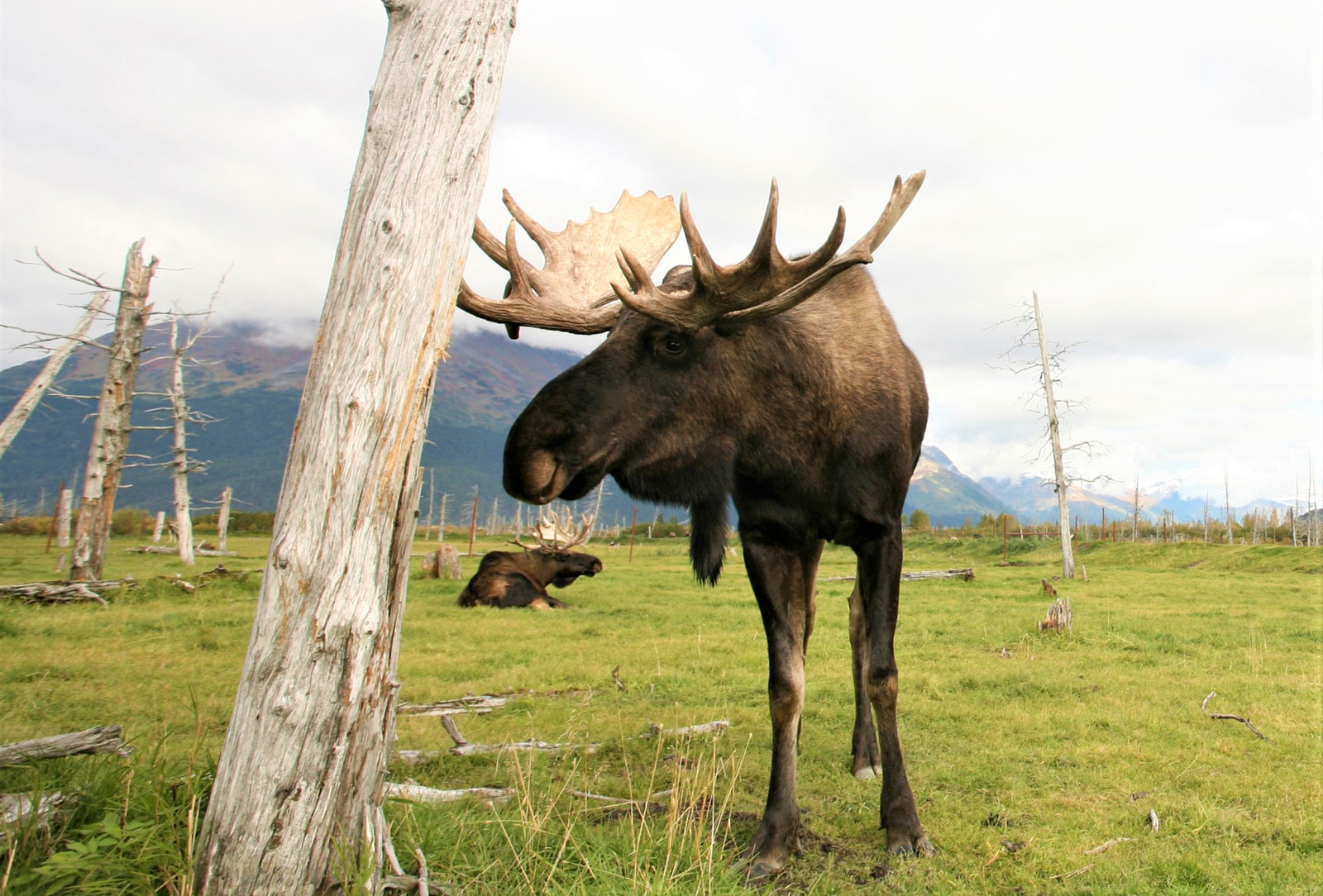
Name and Location: The Alaska Zoo is located at 4731 O’Malley Road in Anchorage, Alaska, about 15 minutes from downtown. The zoo sits on 25 acres of wooded land and is home to over 100 animals representing 50 species.
History and Significance: The Alaska Zoo was founded in 1969 with the mission of providing a home for orphaned and injured wildlife from across the state. Over the years, the zoo has played a crucial role in animal conservation, education, and research, focusing on species native to the Arctic and subarctic regions.
What to Expect: Visitors to the Alaska Zoo can see a variety of animals, including polar bears, brown bears, moose, wolves, snow leopards, and many species of birds. The zoo features naturalistic habitats that allow the animals to display their natural behaviors, and visitors can learn about the animals and their conservation through educational exhibits and programs.
Visitor Information: The Alaska Zoo is open year-round, with hours varying by season. Admission prices include access to all animal exhibits and daily zookeeper talks. The zoo is wheelchair accessible, with paved paths throughout. Visitors should dress in layers, as weather can change quickly in Anchorage. The zoo gift shop offers a variety of animal-themed souvenirs and gifts.
The Alaska Zoo is a delightful place for families to see Alaska’s wildlife up close. As the only zoo in Alaska, it is home to animals found throughout the state. Kids will love seeing bears, moose, muskox, caribou, Dall sheep, wolves, foxes, eagles, owls, porcupines, and more.
In addition to daily wildlife encounters, the zoo offers special programs like Zoo Tots for toddlers and ZooTeens for teenagers. With affordable admission prices and beautiful grounds, the Alaska Zoo makes for an excellent family outing.
Ride Reindeer at the Reindeer Farm
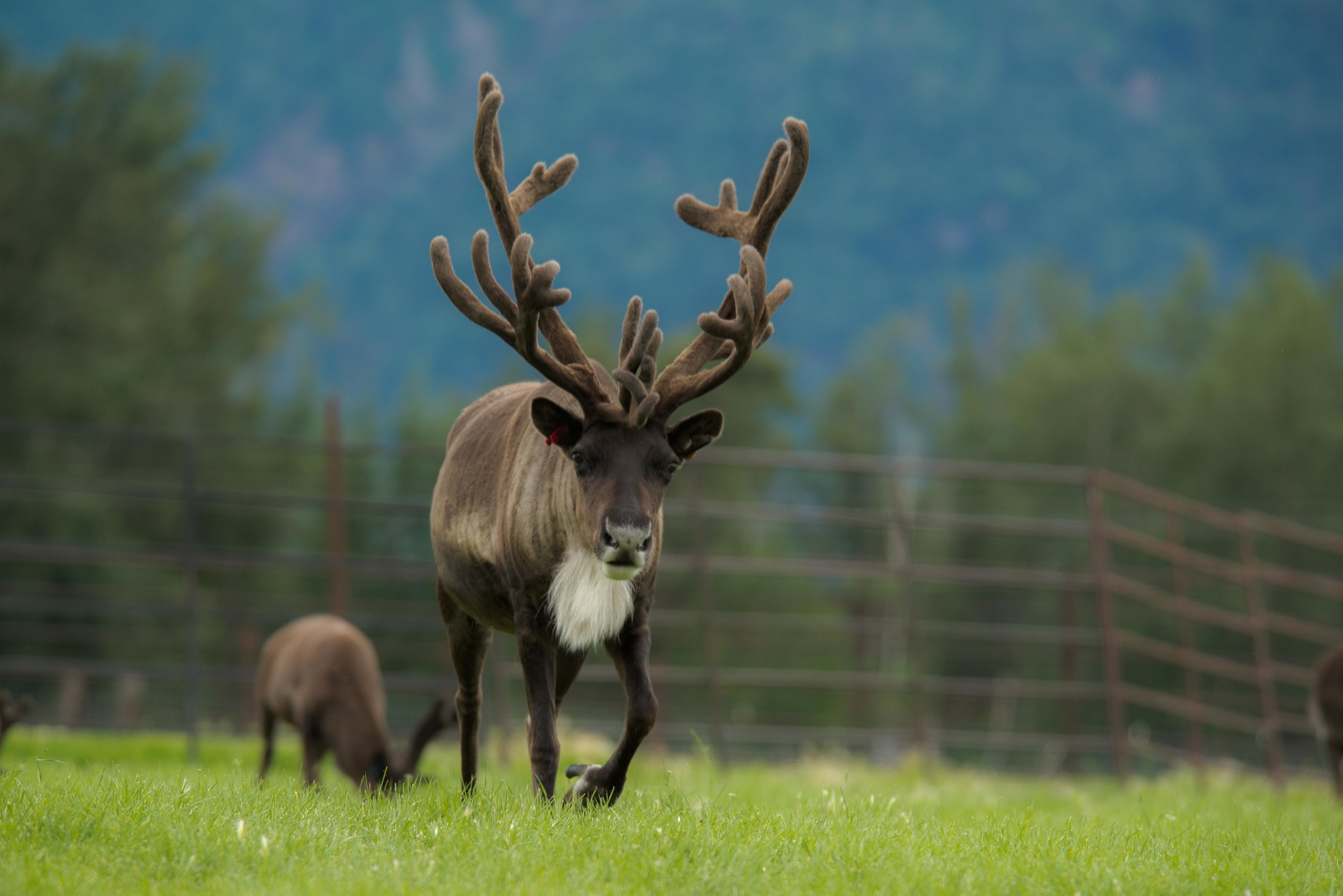
Name and Location: The Reindeer Farm is located at 1470 Burlwood Lane in Palmer, Alaska, about 45 minutes north of Anchorage. The farm sits on a picturesque 200-acre property surrounded by mountains and glaciers.
History and Significance: The Reindeer Farm was founded in 1987 by the Williams family, who have been raising and training reindeer for over three decades. The farm is dedicated to preserving the cultural heritage of reindeer herding, which has been an important part of Alaska Native life for centuries.
What to Expect: Visitors to the Reindeer Farm can take a guided tour of the property, learning about the history and biology of reindeer and the farm’s sustainable herding practices. The highlight of the tour is the opportunity to pet and feed the friendly reindeer, as well as take photos with them. The farm also offers seasonal sleigh rides and educational programs.
Visitor Information: The Reindeer Farm is open year-round, with tours offered daily in the summer and by appointment in the winter. Tour prices include the guided experience and reindeer food. The farm is partially wheelchair accessible, with some uneven terrain. Visitors should dress in layers and wear sturdy shoes for walking on the farm. The gift shop offers unique reindeer-themed items, including antler crafts and reindeer sausage.
For a truly unique Alaska experience, visit the Reindeer Farm just outside downtown Anchorage. Families can feed, pet, and even ride reindeer at this one-of-a-kind attraction. In addition to close encounters with Santa’s reindeer, kids will learn about the animals’ history and importance to Alaska Native cultures.
The farm offers reindeer sled rides in winter and wheeled cart rides in summer, allowing visitors to get an up-close view of the animals in action. With reasonably priced tours perfect for all ages, the Reindeer Farm is an Anchorage must-do.
Explore Anchorage Museum
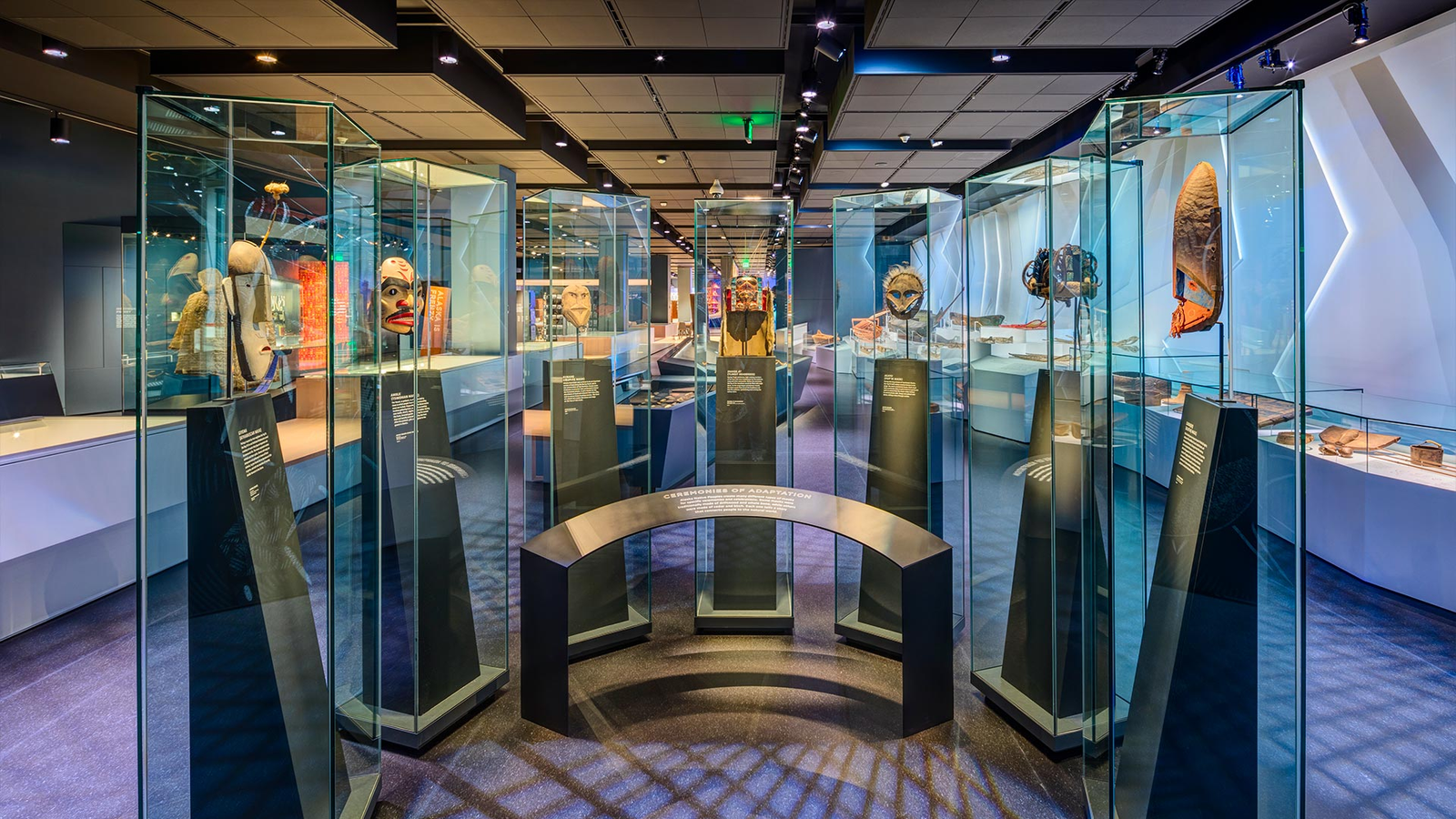
Name and Location: The Anchorage Museum, also known as the Anchorage Museum at Rasmuson Center, is located at 625 C Street in the heart of downtown Anchorage, Alaska. The museum is the largest in the state and is a major cultural attraction in the city.
History and Significance: The Anchorage Museum was founded in 1968 with the mission of preserving and sharing the art, history, and cultures of Alaska and the North. Over the years, the museum has grown to include a wide range of collections and exhibits, from ancient Alaska Native artifacts to contemporary art installations.
What to Expect: Visitors to the Anchorage Museum can explore a variety of permanent and temporary exhibits showcasing the natural and cultural history of Alaska. Highlights include the Smithsonian Arctic Studies Center, which features over 600 Alaska Native artifacts; the Art of the North galleries, with works by Alaska artists; and the Discovery Center, an interactive space for children and families. The museum also hosts lectures, workshops, and performances throughout the year.
Visitor Information: The Anchorage Museum is open year-round, with hours varying by season. Admission prices include access to all exhibits and galleries, with discounts available for children, seniors, and military personnel. The museum is fully wheelchair accessible and offers guided tours and audio guides for an additional fee. The museum cafe and gift shop offer a variety of locally inspired food and souvenirs.
Dedicated to art, history, and culture, the Anchorage Museum is a top choice for families. Spanning multiple floors, this impressive museum transports visitors through different eras of Alaska’s past. Extensive Native galleries showcase ceremonial masks, tools, clothing, and more while conveying indigenous traditions and ways of life.
Additional exhibits feature early pioneers, the 1964 Good Friday Earthquake, wildlife dioramas, fine art, and traveling collections. Interactive displays engage kids’ interest while parents appreciate the depth covered. With free admission for ages 12 and under, the Anchorage Museum makes learning about Alaska fun.
Bike, Hike, or Ski Kincaid Park
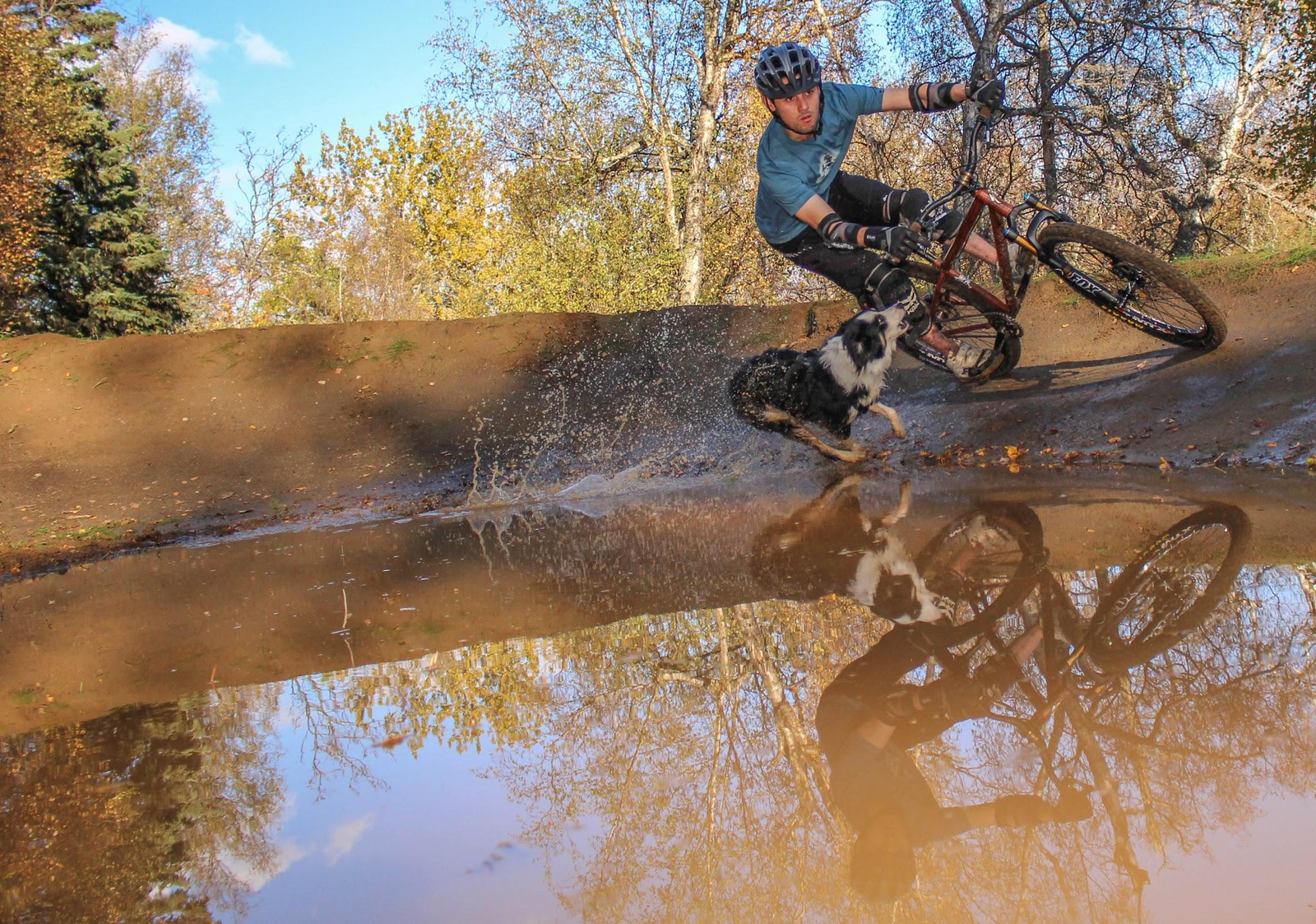
Name and Location: Kincaid Park is a 1,500-acre park located at 9401 Raspberry Road in Anchorage, Alaska. The park sits on a bluff overlooking the Cook Inlet and offers stunning views of the Alaska Range and Denali (formerly Mount McKinley).
History and Significance: Kincaid Park was established in the 1970s on the site of a former Cold War-era Nike Hercules missile installation. The park was named after Anchorage businessman and philanthropist Woodrow Kincaid and has become a popular destination for outdoor recreation and nature exploration.
What to Expect: Visitors to Kincaid Park can enjoy a variety of outdoor activities, including hiking and biking on over 40 miles of trails, cross-country skiing and snowshoeing in the winter, and wildlife viewing (moose and bears are commonly spotted). The park also features a disc golf course, soccer fields, and a playground, as well as a chalet with rentals and concessions.
Visitor Information: Kincaid Park is open year-round, with no admission fee. Trail maps and information are available at the chalet, which is open seasonally. The park is partially wheelchair accessible, with paved trails near the chalet. Visitors should be prepared for changing weather conditions and bring appropriate gear for their chosen activities. Dogs are allowed on leash in designated areas of the park.
Stretching over 1,400 acres, Kincaid Park offers plenty of room for families to play. Crisscrossed by over 40 kilometers of trails, it draws outdoor enthusiasts year-round. In summer, ride bike paths or hiking trails winding through forests and along coastline. Come winter, traverse the same routes on cross-country skis or snowshoes while admiring snow-covered mountains.
Two visitor centers provide maps and guidance while playgrounds, picnic areas, and sports fields host pick-up games. With options for all ages and fitness levels, Kincaid Park lets families connect with nature right in Anchorage.
Fly High on Aerial Tramways
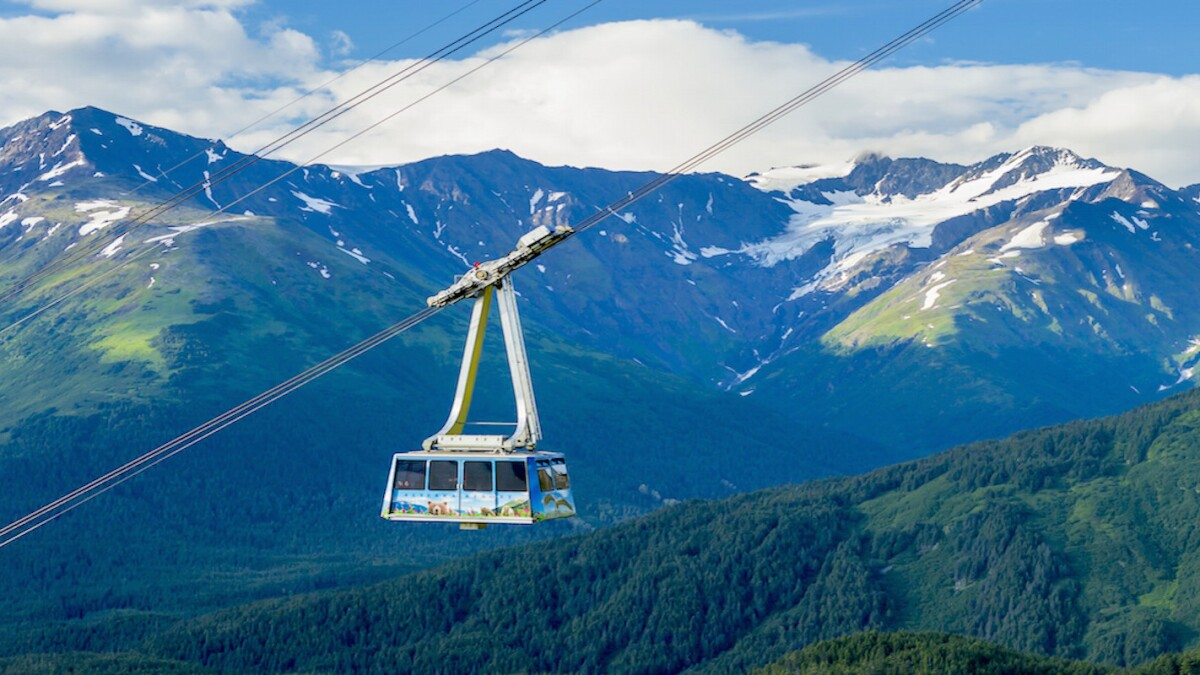
Name and Location: Anchorage, Alaska offers two popular aerial tramways: the Alyeska Aerial Tram, located at the Alyeska Resort in Girdwood (about 40 miles south of Anchorage), and the Eklutna Lake Aerial Tramway, located at the Eklutna Lake Park (about 25 miles northeast of Anchorage).
History and Significance: The Alyeska Aerial Tram was built in 1992 and is the longest continuous double black diamond ski run in North America. It provides access to the Alyeska Resort’s ski area and offers stunning views of the Turnagain Arm and the Chugach Mountains. The Eklutna Lake Aerial Tramway was built in 1935 to support the construction of a hydroelectric dam and is one of the oldest operating tramways in the United States.
What to Expect: Visitors taking the Alyeska Aerial Tram will enjoy a seven-minute ride to the top of Mount Alyeska, where they can take in panoramic views of the surrounding mountains and glaciers, dine at the mountaintop restaurant, or hike on nearby trails. The Eklutna Lake Aerial Tramway offers a unique way to access the remote Eklutna Lake, with opportunities for hiking, fishing, and kayaking in the scenic wilderness area.
Visitor Information: The Alyeska Aerial Tram operates year-round, with extended hours in the summer months. Tram tickets can be purchased at the base station or as part of a resort package. The Eklutna Lake Aerial Tramway operates from June to September, with tickets available at the park entrance. Both tramways are wheelchair accessible and offer interpretive displays and guides. Visitors should dress in layers and bring appropriate gear for their planned activities.
Alaska boasts numerous tramways whisking riders high into mountainous terrain inaccessible by vehicles. Two such trams operate out of Anchorage, offering families breathtaking vistas alongside outdoor adventures. The Alyeska Resort Aerial Tram carries passengers from sea level to 2,300 feet up Mount Alyeska in under 10 minutes. At the top, trails and alpine activities await.
For even higher heights, ride the Mount Roberts Tramway ascending to the 5,800-foot level. Panoramic views, nature trails, and Inside Passage sights reward those who climb aboard. Spanning lengths over city buildings and waterways, these trams give new perspectives to kids and parents alike.
Marvel at Mighty Glaciers
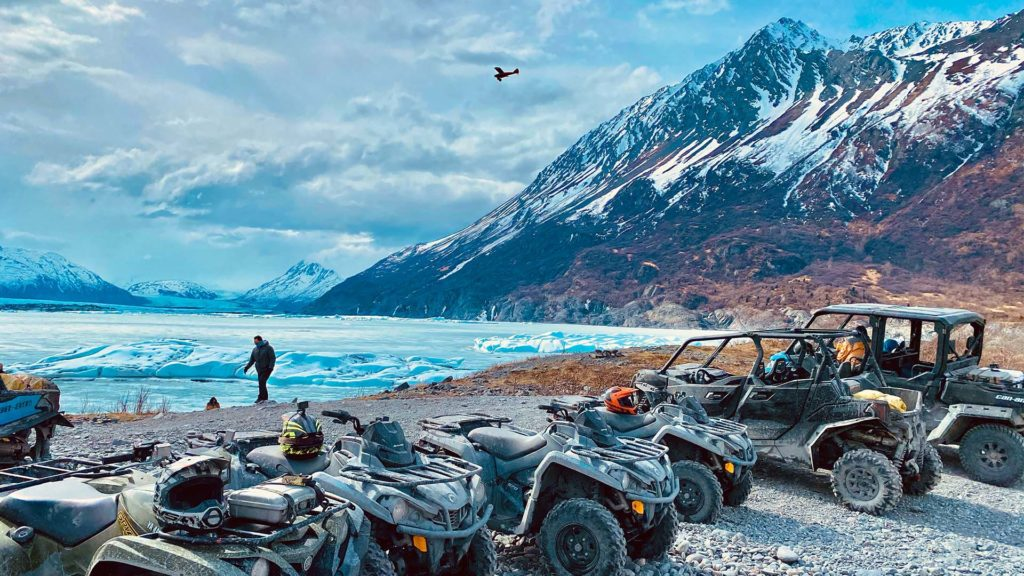
Name and Location: Anchorage, Alaska is surrounded by several majestic glaciers, including the Portage Glacier (50 miles south), the Matanuska Glacier (100 miles northeast), and the Eklutna Glacier (25 miles northeast). These glaciers are accessible via scenic drives, hikes, or guided tours.
History and Significance: The glaciers around Anchorage are remnants of the last ice age, when vast ice sheets covered much of Alaska. They have played a significant role in shaping the landscape and ecosystems of the region, as well as providing fresh water and hydroelectric power to local communities. The glaciers are also important indicators of climate change, with many receding rapidly in recent decades.
What to Expect: Visitors can marvel at the beauty and power of these glaciers through a variety of experiences. The Portage Glacier can be viewed from a boat tour on Portage Lake, where visitors can see massive icebergs calving from the glacier’s face. The Matanuska Glacier, the largest accessible glacier in Alaska, offers guided hikes and ice climbing tours on its surface. The Eklutna Glacier can be seen from the Eklutna Lake Trail, a challenging hike with stunning views of the glacier and surrounding mountains.
Visitor Information: Glacier tours and activities are available year-round, with peak season from June to August. Visitors should book tours and check trail conditions in advance, as weather and glacier conditions can change quickly. Proper gear, including warm layers, rain gear, and sturdy footwear, is essential for glacier exploration. Many glacier sites have visitor centers or ranger stations with exhibits and information on the glaciers and their ecology.
Few sights compare to Alaska’s immense glaciers slowly creeping down mountain valleys. Luckily for Anchorage visitors, impressive glaciers sit within driving distance from town. Matanuska Glacier lies a scenic two-hour drive north where guided walks grant up-close views. Keep heading towards Denali National Park to encounter Eklutna Glacier’s icy face.
For tidewater glaciers flowing straight into the sea, embark on day cruises to Kenai Fjords or Prince William Sound. Watching chunks of ice crash down 300-foot walls into the ocean makes for an unforgettable family experience. Don’t leave Alaska without witnessing the raw natural power found at the terminus of mighty glaciers.
PAN for Gold at Crow Creek Mine
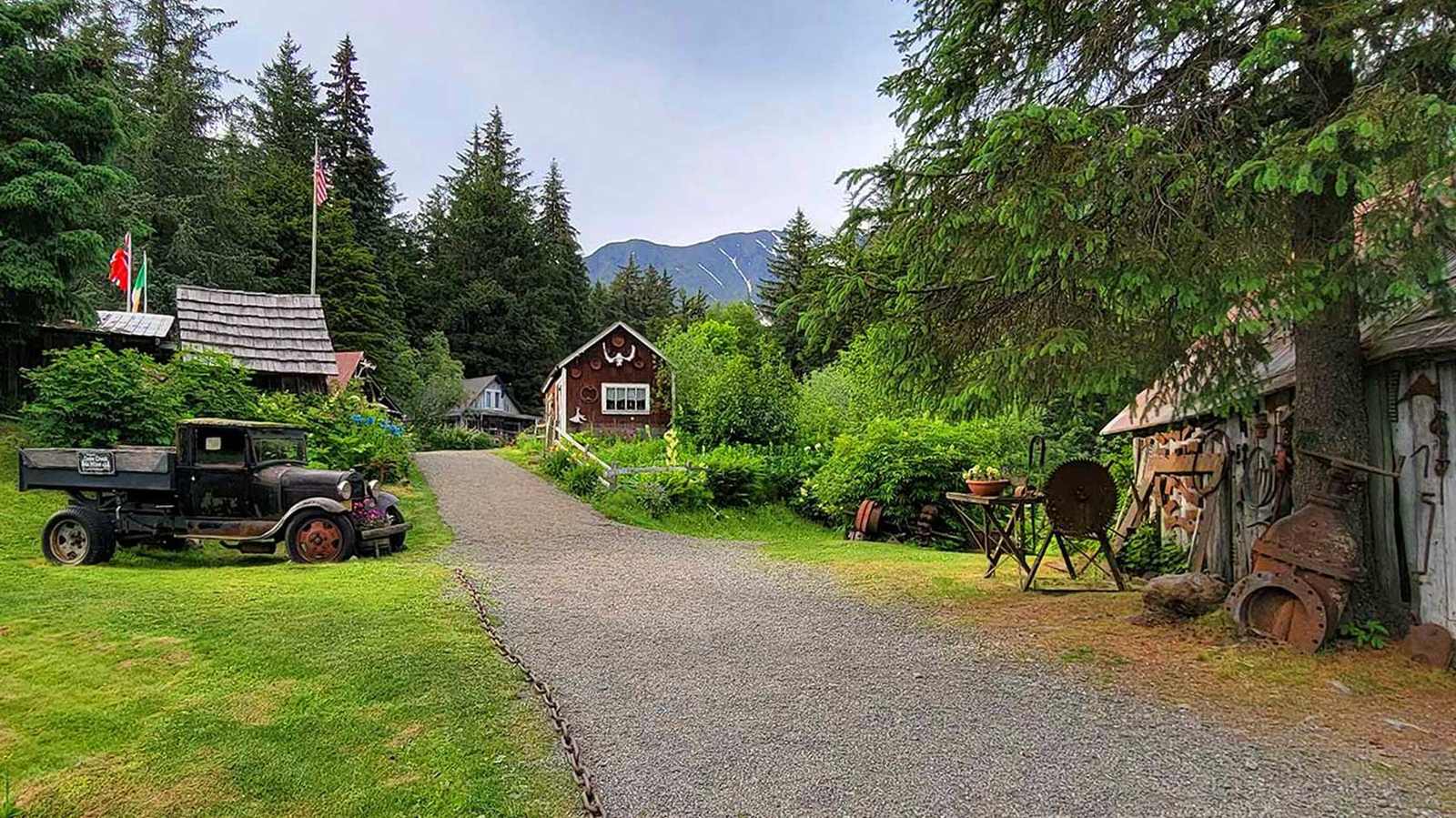
Name and Location: Crow Creek Mine is a historic gold mining site located at 601 Crow Creek Road in Girdwood, Alaska, about 40 miles south of Anchorage. The mine sits in a scenic valley surrounded by the Chugach Mountains.
History and Significance: Crow Creek Mine was established in 1896 during the Turnagain Arm Gold Rush and was one of the largest hydraulic gold mining operations in Alaska. The mine produced gold for over 50 years and played a significant role in the development of the Girdwood area. Today, the mine is listed on the National Register of Historic Places and operates as a tourist attraction and recreational gold panning site.
What to Expect: Visitors to Crow Creek Mine can step back in time and experience the excitement of the gold rush era. The mine offers guided tours of the historic mining camp, including original buildings and equipment, as well as demonstrations of traditional gold panning techniques. Visitors can also try their luck at panning for gold in the creek, with equipment rentals and instruction available on site.
Visitor Information: Crow Creek Mine is open from mid-May to mid-September, with daily tours and gold panning available. Admission includes a guided tour and gold panning instruction, with additional fees for equipment rentals. The mine is partially wheelchair accessible, with uneven terrain in some areas. Visitors should dress in layers and wear comfortable shoes for walking around the mining camp. The mine gift shop offers unique gold rush-themed souvenirs, including gold flakes and nuggets.
Trying your hand at gold panning brings Alaska’s mining history to life. Crow Creek Mine lets families relive the 1898 Klondike Gold Rush through hands-on activities. After watching authentic mining demonstrations, receive a bag of guaranteed “pay dirt” to swirl in your own mining stream.
Assistants help identify rocks and quartz amidst golden flakes you get to keep. Kids will love playing prospector while learning about Alaska’s gold mining heritage. With affordable admission and campground onsite, Crow Creek Mine makes an ideal road trip from Anchorage.
Cheer on Iditarod Racers

Name and Location: The Iditarod Trail Sled Dog Race is an annual long-distance sled dog race that starts in Anchorage, Alaska and ends in Nome, covering a distance of nearly 1,000 miles. The race typically begins on the first Saturday in March, with a ceremonial start in downtown Anchorage and an official restart in Willow, about 80 miles north.
History and Significance: The Iditarod race was first run in 1973 to commemorate the historic Iditarod Trail, which was used to transport mail and supplies by dog sled in the early 20th century. The race has become a beloved Alaskan tradition and a test of endurance for both mushers and their teams of sled dogs. The Iditarod is often called “The Last Great Race on Earth” and attracts competitors and spectators from around the world.
What to Expect: Visitors to Anchorage during Iditarod week can experience the excitement and festivities surrounding the race. The ceremonial start in downtown Anchorage features a parade of mushers and their dog teams, as well as cultural performances and food vendors. Visitors can also attend the Iditarod Musher’s Banquet, a gala event where they can meet the mushers and bid on race memorabilia. On race day, spectators can watch the teams depart from the starting line and follow their progress via live updates and webcams along the trail.
Visitor Information: The Iditarod ceremonial start and related events are free to attend, with paid VIP seating available at the starting line. Visitors should dress warmly and be prepared for large crowds and limited parking in downtown Anchorage. The Iditarod Trail Committee website offers a full schedule of events, as well as information on volunteering and spectating along the trail. Visitors can also learn more about the history and culture of dog mushing at the Iditarod Trail Sled Dog Race Headquarters and Museum, located in Wasilla, about 45 miles north of Anchorage.
Few events embody the spirit of Alaska like the legendary Iditarod Trail Sled Dog Race. Held each March, mushers and dog teams brave 1,000 miles of snowbound trail marking the 1925 serum run route. The fan-friendly Anchorage portion lets spectators see teams take off from downtown before crossing Knik Arm and disappearing over the Alaska Range horizon.
Dog mushing demonstrations, sled rides, junior races, banquets, and official gear satiate fan appetites for mushing action. Visitors can even track GPS locators as racers push towards Nome. Catching the start of the “Last Great Race” creates cherished family memories.
Experience Alaska Native Heritage
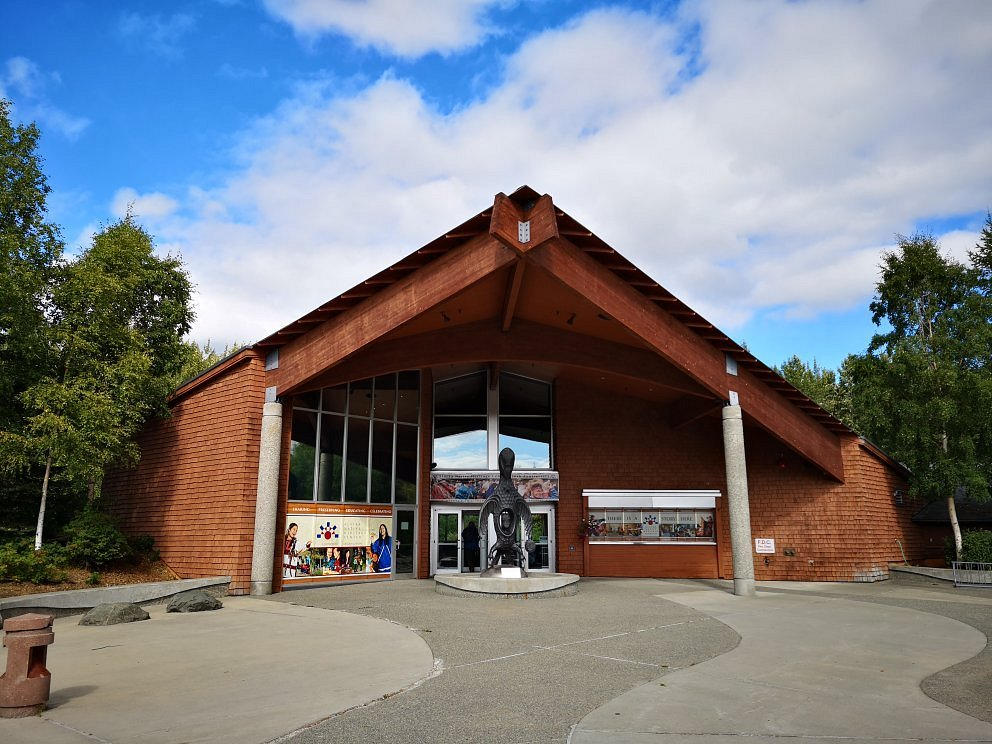
Name and Location: The Alaska Native Heritage Center is a cultural center and museum located at 8800 Heritage Center Drive in Anchorage, Alaska. The center sits on 26 acres of wooded land and features a beautiful lake and outdoor village site.
History and Significance: The Alaska Native Heritage Center was founded in 1999 with the mission of preserving and sharing the rich cultural heritage of Alaska’s 11 major Native cultural groups. The center is a non-profit organization and is governed by a board of directors representing each of the cultural groups. The center plays a vital role in educating visitors about Alaska Native history, art, and way of life, as well as promoting cultural pride and understanding among Alaska Natives and the broader community.
What to Expect: Visitors to the Alaska Native Heritage Center can experience the diversity and beauty of Alaska Native cultures through a variety of exhibits, demonstrations, and performances. The center features a museum with artifacts and art from each cultural group, as well as a theater showcasing traditional dance and storytelling. Outside, visitors can explore six authentic Native dwellings, each representing a different cultural group, and watch demonstrations of Native crafts and skills, such as carving, weaving, and skin sewing. The center also offers guided tours and cultural workshops led by Alaska Native educators.
Visitor Information: The Alaska Native Heritage Center is open year-round, with extended hours and daily performances in the summer months. Admission includes access to all exhibits and demonstrations, with discounts available for children, seniors, and military personnel. The center is wheelchair accessible and offers audio guides in several languages. Visitors should allow at least 2-3 hours to fully explore the center and outdoor village. The center gift shop offers a wide selection of authentic Alaska Native art and crafts, as well as books and music.
Numerous sites surround Anchorage highlighting Alaska Native heritage spanning millennia. The Alaska Native Heritage Center features outdoor replicas of traditional dwellings found across indigenous cultures. Interpretive displays cover customs, arts, legends, hunting tools, and more alongside lively dance performances. Learn survival skills at structures like coastal fish camps or enjoy storytelling beneath Native clan houses.
The nearby Imaginarium transports visitors back 4,000 years through detailed village dioramas portraying daily routines before Western contact. Don’t miss experiencing these engaging tributes celebrating Alaska’s First People.
Go Flightseeing over Denali
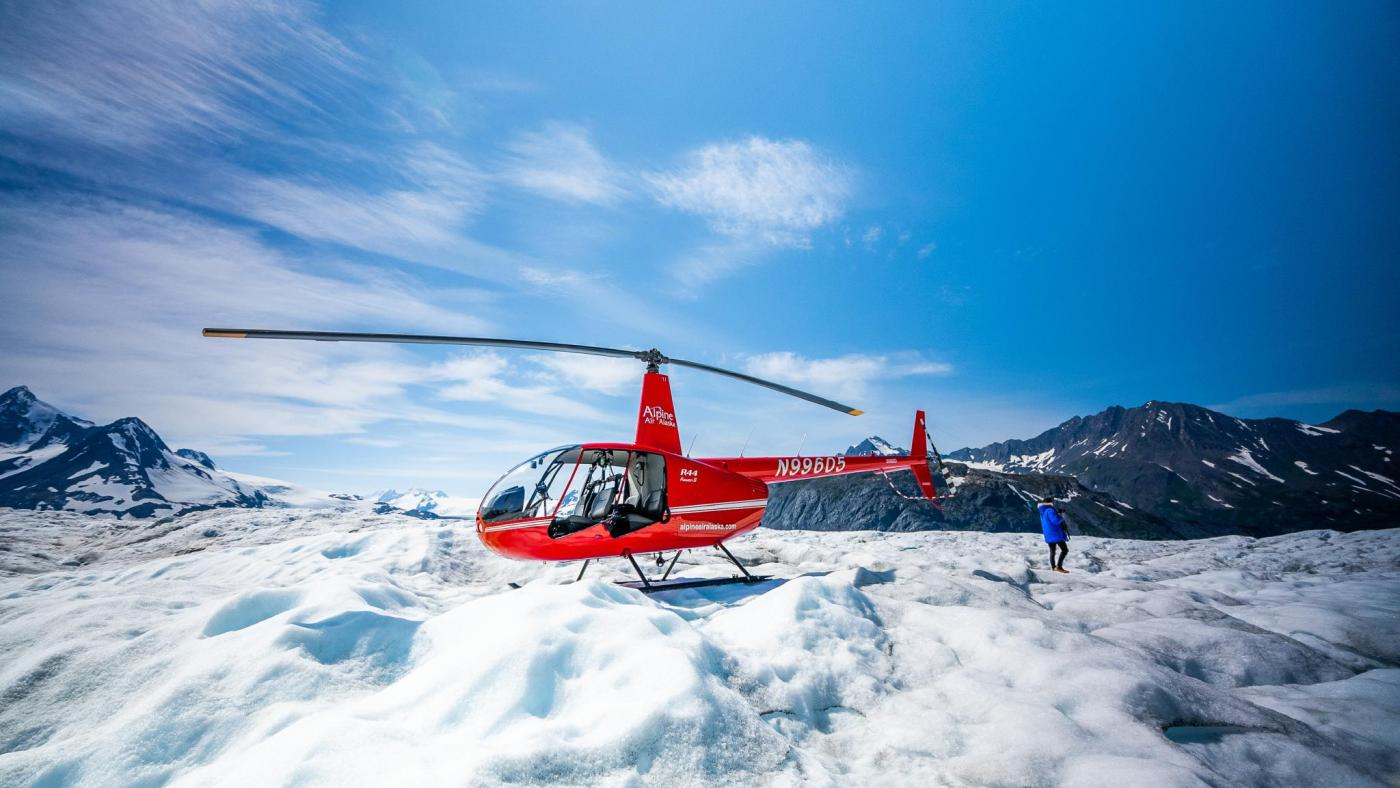
Name and Location: Denali, formerly known as Mount McKinley, is the highest peak in North America, standing at 20,310 feet tall. The mountain is located in Denali National Park and Preserve, about 240 miles north of Anchorage, Alaska. Flightseeing tours of Denali depart from several locations, including Anchorage, Talkeetna, and Denali Park.
History and Significance: Denali has long been a sacred and awe-inspiring site for Alaska Native peoples, who have lived in its shadow for thousands of years. The mountain was first climbed in 1913 and has since become a symbol of Alaska’s wild beauty and a popular destination for mountaineers and adventurers. Flightseeing tours of Denali began in the 1930s and have become a popular way for visitors to experience the mountain’s majesty without the risks and challenges of climbing.
What to Expect: Flightseeing tours of Denali offer a breathtaking aerial perspective of the mountain and its surrounding glaciers, valleys, and wildlife. Tours typically last 1-2 hours and are conducted in small planes or helicopters, with experienced pilots providing narration and pointing out notable features.
Soaring over North America’s tallest peak represents an Alaska bucket list item. Numerous flightseeing tours depart daily from Anchorage, whisking adventurers within eyeshot of 20,310-foot Denali in under two hours. Cloud breaks reveal the entire mountain while planes bank left and right for photographers to capture the perfect shot.
In addition to Denali’s towering granite spires, flights pass giant glaciers and the Alaska Range extending 100 miles in either direction. Pre-landing extras like glacier landings or sled dog demonstrations make for even more memorable air escapades. Seeing Denali and her foothills from rare aerial angles creates lifelong memories for the entire family.
Ride the Alaska Railroad
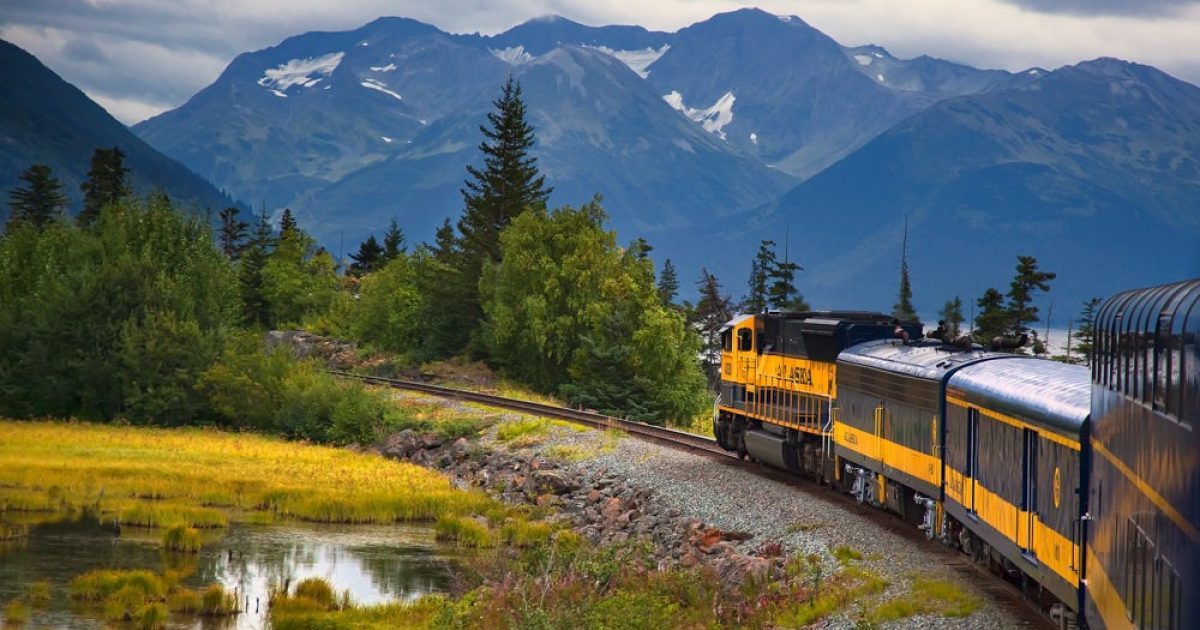
Since 1923, the iconic Alaska Railroad has served as a gateway for accessing the state’s vast interior. For families seeking scenic journeys, luxury cars offer first-class service including open-air viewing decks, dining cars, and knowledgeable guides. Travel north to Denali, marveling at soaring peaks and wildlife along Lake Hood’s shores.
Embark on the Hurricane Turn Train tracing river gorges through broad mountain valleys blanketed in boreal forest. With whistle stops allowing passengers to disembark for hiking, fishing, or village exploring, possibilities abound. Memorable overnight packages incorporate hotels, activities, and transportation for turnkey Alaska family vacations.
Explore Flattop Mountain Trail
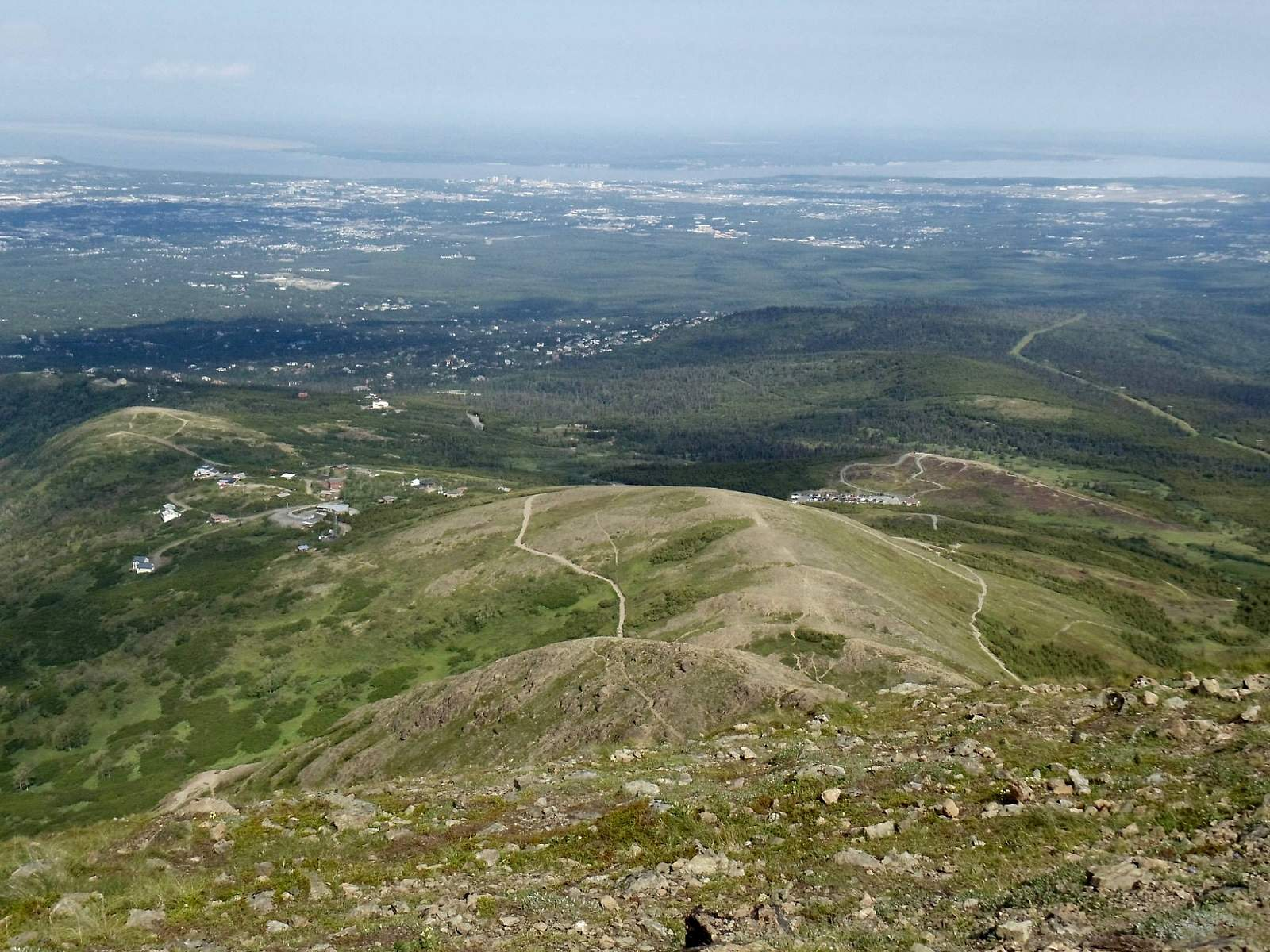
Rising directly above Anchorage, popular Flattop Mountain invites hikers of all ages to ascend its 1,350-foot summit. Crisscrossing switchbacks make a steady, 1.5-mile climb to the small rocky peak revealing 360° views from downtown to the Chugach Mountains. Often snow-covered through April, the well-trodden trail still sees winter use by hearty Alaskans.
Come summer, families tackle Flattop as a badge of honor where reaching the top platform elicits satisfaction and pride. For new backpackers, Flattop makes an ideal place to test skills without venturing deep into true wilderness. Pack a picnic to enjoy at the spacious mountain peak while soaking up panoramic vistas.
Conclusion
From wildlife encounters to gold mining adventures, Anchorage offers nonstop activities appealing to all ages. Families can customize days based on interests like Alaska Native cultures, glaciers, trains, flightseeing, or urban attractions. Free museums, ample parklands, budget-friendly tours, and kid discounts provide affordable options for guardians seeking memorable moments without breaking the bank.
With so many options for quality time with family, Anchorage offers the perfect blend of adventure and amenities. bond over new experiences unique to Alaska, whether hiking Flattop peaks or bargaining at Fourth Avenue markets.
Laugh over reindeer mishaps, trade dance moves with Native performers, and track epic Iditarod journeys. Return home with recollections transforming into folklore retold for generations. When visiting Alaska with kids, families discover why Anchorage offers the ultimate basecamp for exploring all the state has to offer.

